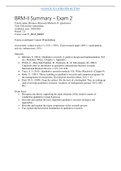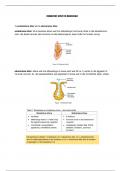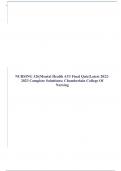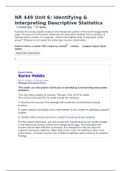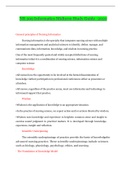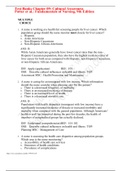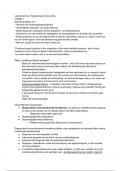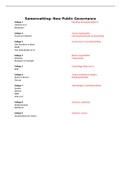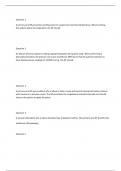Samenvatting
Summary BRM II - Qualitative, second exam + practice questions (E_IBA2_BRM2)
Including practice exercises! BRM-2 is a prerequisite for writing the bachelor thesis in year 3 of IBA. This summary covers the material for the second exam of Business Research Methods 2. The summary covers the lecture, literature, and tutorial materials that are being assessed during the se...
[Meer zien]
